Basket Preview
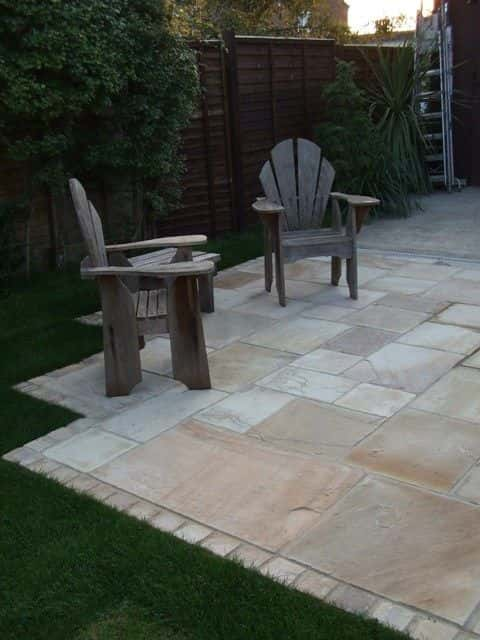
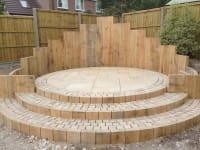
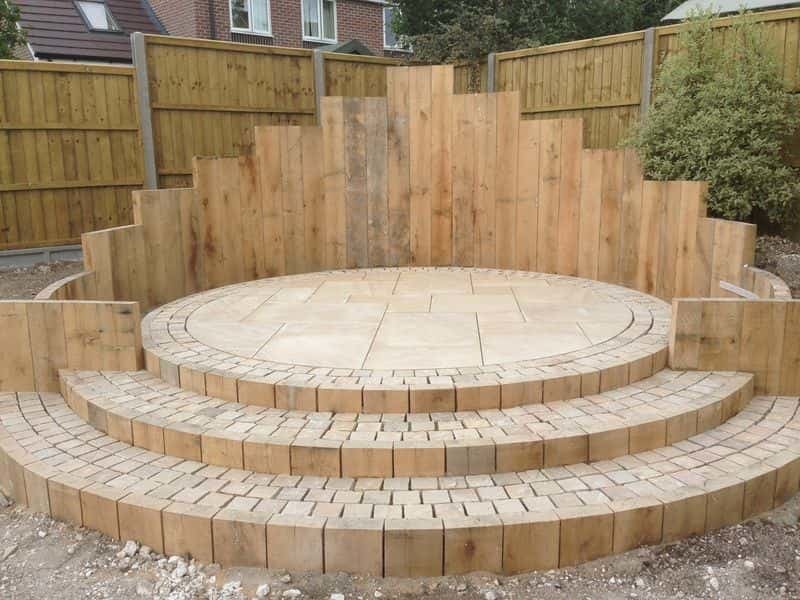
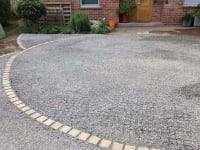
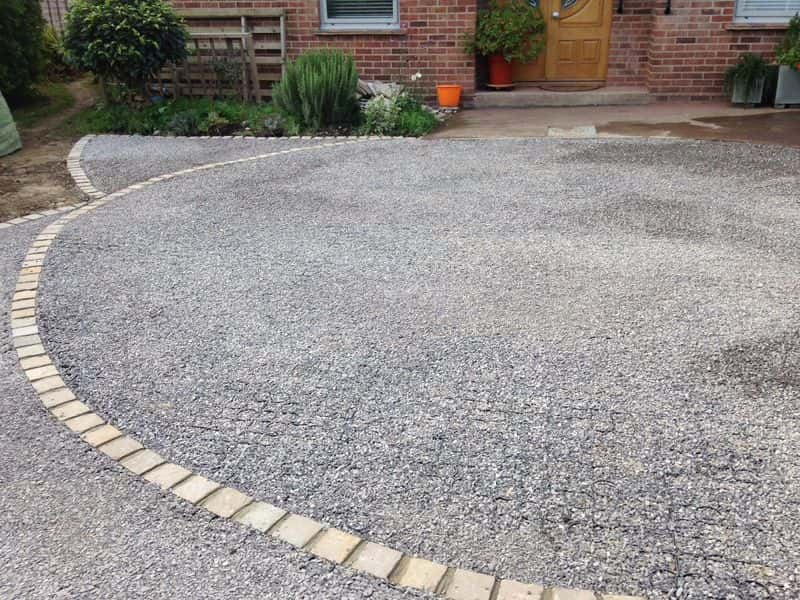
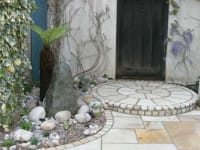
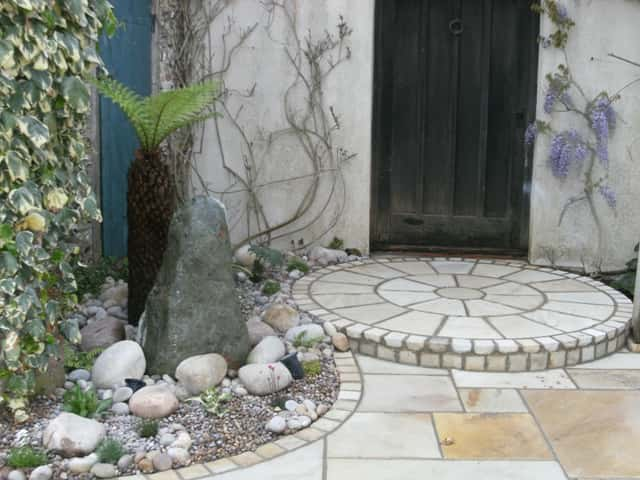
We will only supply a maximum of 1 Sample per product
Only 2 Samples available in total per customer
For more information please Contact Us or use our Sample Order Form
Mint Fossil sandstone paving is a mixture of pale pastel and beige tones with occasional fossil markings and some warmer orange and deep brown tones throughout.
Hard wearing, lightly riven and naturally beautiful, our Indian Sandstone Setts are perfect for creating features within your garden or edging patios and pathways.
Supplied in 100mm x 100mm x 40-90mm size, the increased thickness gives some additional strength needed when edging.
All setts dimensions have a size tolerance of + or - 10mm.
Do not use acidic cleaners on natural stone as they can cause permanent, irreparable, damage to the colour and structure of the stone.
The shade of the final product will differ compared to the sample you may receive or the images shown on this website, all sandstone paving products have a very large natural colour variation within and between different batches. You must ensure that you are happy with the colour variation of the product you have received before you start laying, as after installation exchange will no longer be possible.
Ensure that you have all the required material to completely the whole project onsite before commencing any work. Open all your crates at the same time, taking material evenly from each of them. This will ensure you have a good distribution of colours across the whole paved area. DO NOT open one crate at a time using all the material before opening the next, this can result in uneven distribution of colours and can look unsightly.
We recommend that all customers read our product selection, maintenance & installation guides before purchasing.
Do not use acidic cleaners on natural stone as they can cause permanent, irreparable, damage to the colour and structure of the stone.
We have branches across the South Coast of England, including Poole in Dorset, Winchester, Tadley, Romsey and Portsmouth in Hampshire. Internal showrooms are available to view in Poole and Portsmouth and external displays are available at Portsmouth, Poole, Winchester and Tadley.
Please visit our contact page for further information on the following link: /our-depots
This really does depend on the size of setts you are using, but below is an approximate guide to the most popular products available in the UK currently.
Finished face 100mm x 100mm (varying depth) = 81 per sqm including a 10mm pointing gap
Finished face 200mm x 100mm (varying depth) = 43 per sqm including a 10mm pointing gap
Setts are square or rectangular quarried stones most commonly made from Granite or Limestone that are cropped / cut into sizes ranging from 100mm to 300mm in depth and width. These have been used in a vast range of paving installations for centuries but most commonly are seen in driveways and road construction.
These terms are often confused but basically setts are square or rectangular quarried stones most commonly made from Granite or Limestone that are cropped / cut into sizes ranging from 100mm to 300mm in depth and width, these have been used in a vast range of paving installation for centuries.
Cobbles are quite often used to refer for something that is actually a sett, but the word cobble derives from the word cob which means a rounded lump. Cobbles and setts are both used traditionally in road construction, which could be where the confusion may arise, but the main difference is that setts are square and cobbles are round.
In general setts are laid in a very similar way to normal paving slabs. You need to install a good base and then bed each of the setts individually into a full mortar bed. If being used for driveway you will need to increase the depth of the sub-base accordingly. The below video gives some great advice on the finer details of laying sandstone and granite setts.
There are a few options when it comes to pointing setts the traditional way of using sand and cement mortar is still very popular and comprises mixing the sand and cement in a 4 to 1 ratio. This is then mixed to a wet but workable consistency, which is then pressed into the joints using a pointing trowel or Iron. This method is very time consuming and expensive due to the labour costs involved, which has resulted in alternative products for easier installation being developed.
A very good alternative to the traditional method is Flowpoint, which is a cement-based product used mainly by the civil engineering industry but is a far quicker method and offers superior frost resistance to mortar pointing. This product is mixed into a slurry and then poured into the joints, it then hardens within ten minutes and the excess can be brushed and hosed off. We recommend this product is used only by professional trades people as mistakes are very hard to rectify if used incorrectly.
Yes, we recommend you seal all sandstone and natural stone paving upon (or shortly after) installation, to ensure it stays looking at it's best for longest. Sealing will help make it resilient to staining and increases it's longevity. We recommend Universeal Hydroseal or for an enhanced look Universeal Ultimate Stone Enhancer
Yes. Our opening hours and address are found on the Contact Us page. We have fork-lift trucks for loading onto suitable vehicles at all sites, and staff are always available to help with loading of smaller items. We highly recommend that you call your local branch, before visiting, to confirm the items you wish to collect are available.
See our locations